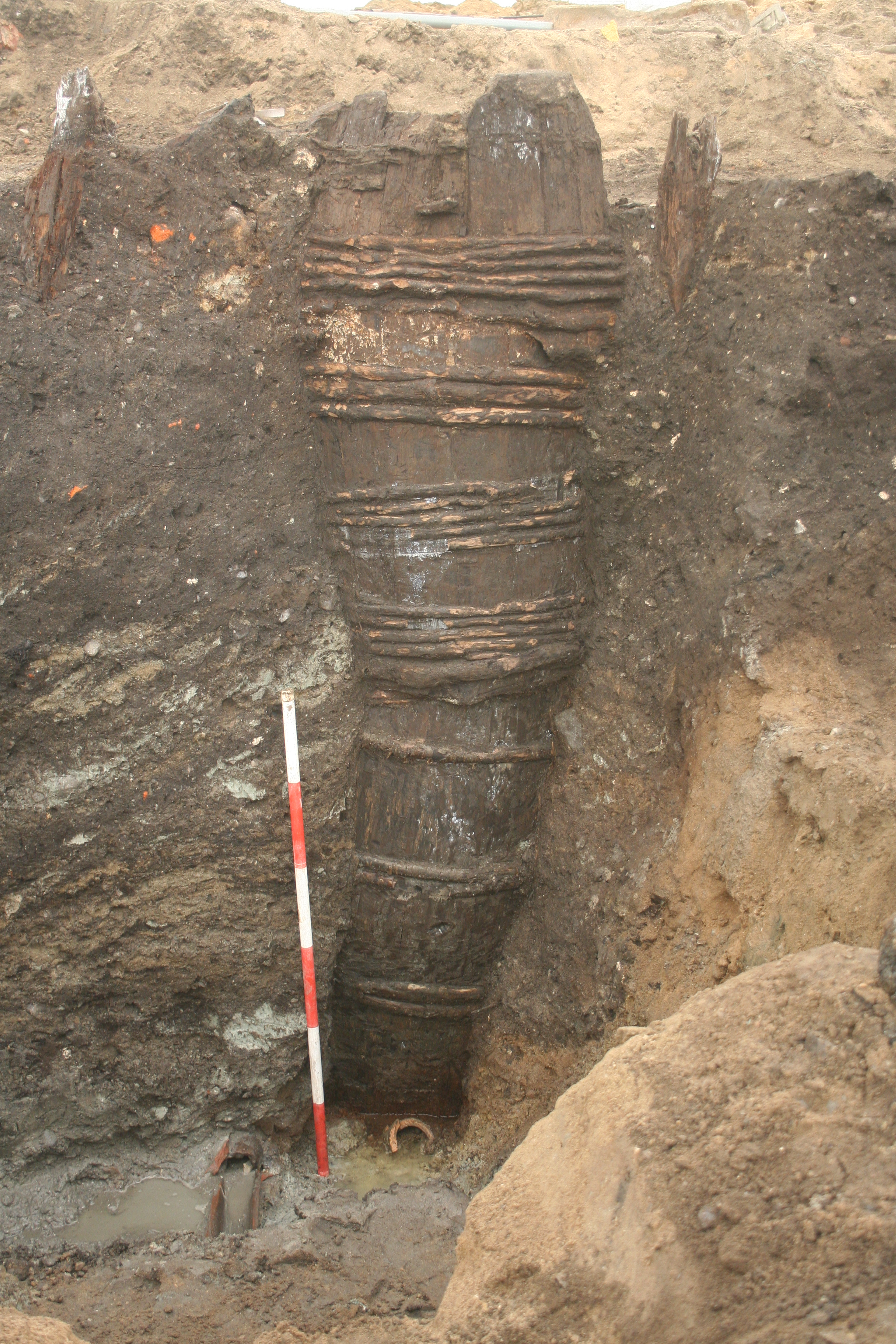Some more:
Education: The people in the middle ages did not believe the earth was flat. Since ancient times it was known that the earth is a sphere. The idea of the stupid, ignorant inhabitants of the medieval world haunts for centuries through history books, textbooks and novels. In reality, any serious medieval scholars knew of the sphericity of the Earth. Also for poets and merchants, monks and priests of this knowledge was a matter of course, as numerous sources confirm. Not least of orb as a symbol of power of the Holy Roman Empire shows which image the people at that time made themselves from the world.
Size: The idea that medieval people were physically small is now widely disproved. Studies of skeletons in the last decades have shown that medieval people were about the same size as Europeans in the early 20th century.
Prudery: Prudery is not a typical hallmark of the middle-ages not even of humanism 'and the modern era, but the emergent bourgeois revolution. There were the commoners, who began to introduce new sexual-morals in the 18th century to stand out from the “decadent” nobility. Other sources also often speak of the “protestant prudery” of the 16 cent onwards.
The great plague: According to the latest findings in genetics was the pathogen that was responsible for the late medieval pandemic 1347-1353 at that time a newly formed strain of Yersinia pestis. It is now believed that the extreme virulence of the medieval Yersinia type is related with lack of immunity of the population (which in new and aggressive pathogens often the case) and the unfavorable social conditions. “Lack of hygiene” and “lack of medical knowledge” therefore were not the sole causes of the pandemic. Because it was a previously unknown disease, the scholars were at first perplexed and there was panic in the European population.
Maybe important for KDC: the great plague did not really reach Prague and wide areas of Bohemia. It is right that during the great plague-waves of the 14th century approximately 30% of the European people died. But in the area of the “German Empire” (from witch Bohemia was an important part) it was “only” 10%. But this enormous catastrophe was not only a reason for fear and superstition, but also for an increased need of “joy of life” for the people and a growing free minded thinking.
Poor, hungry, slavelike farmers: The image of the rural farmers in ragged clothing became popular mostly through films about the middle Ages. In fact, the life of the lower classes was less of privation as is often assumed today. The average meat consumption per head was in the middle ages about seven times as high as in Central Europe in the 19th century and is still higher than at the beginning of the 21st century. During the medieval warm period harvest failures were much less common than in later centuries what leads to the social and technological progress and the expansion of settlement areas in that time. There were at all times the possibility of shortages (e.g. hunger in late winter), a permanent famine cannot be proved in the middle ages.
Living was very hard: There were a large number of religious holidays in the middle ages, where the people were not working. Depending on the source, there were about 70-100 days off a year including Sundays. Many of these holidays were the cause of exuberant celebration.
Slavery: Unfree farmers were no slaves! There was a complex system of rights and duties, giving and taking.
Colours: The middle ages were colorful! Clothing was very important. “Clothes make the man”. There were many ways to dye fabric. Some of them were very expensive, but many relatively cheap or for free. If you know how, you can also dye at home. Even leather, furs and food were dyed. The churches were not white like today, but mostly painted (for our modern taste) extremely colorful. Colorless and undyed or “natural” was considered ordinary and cheap.
Horsesize: Warhorses and/or farm horses were not that big as we think. Archaeological findings show that their average height was somewhat around 1,40m. The expensive horses were higher than the rural ones. Nowadays we would call a horse smaller than 1,48m a pony! The biggest warhorses they found were around 1,45m-1,55m at the max, which comes up with e.g. old Spanish horse-races. Modern sport horses are up to around 1,80m and that really big draft-horses are mostly breedings from later centuries.
 ). This post is for anyone to post any anachronisms common in modern cultural depictions of the medieval period, which people might not even realize are anachronisms. I’ll start off with one which I’ll admit is pretty darn pedantic!
). This post is for anyone to post any anachronisms common in modern cultural depictions of the medieval period, which people might not even realize are anachronisms. I’ll start off with one which I’ll admit is pretty darn pedantic!





